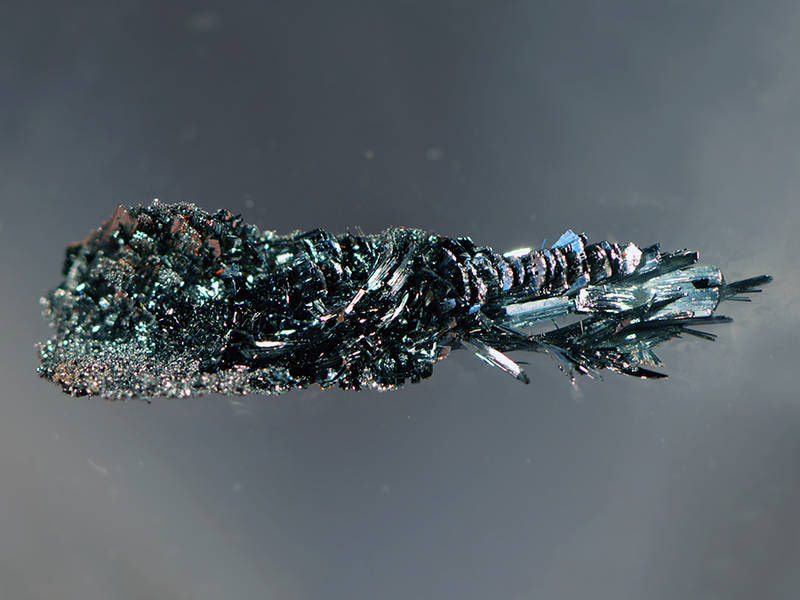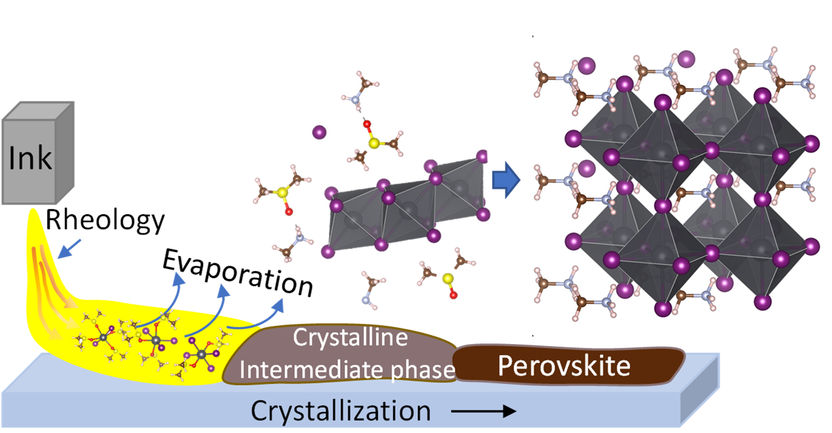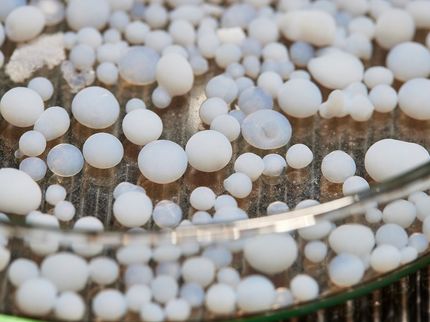Insulate Europe: Ceresana Analyzes the Market for Insulation Materials
The catastrophic major fire at Grenfell Tower in London led to a public discussion about the safety of insulation material. This is a great challenge for the producers. Energy efficiency and insulation material will continue to be a trending topic in many countries with various state regulations and funding programs. Ceresana analyzed the complete European market for insulation material already for the second time. The new study offers a complete overview on insulation materials used in the construction industry. Mineral wool (glass and stone wool), polystyrene-based insulation material (EPS and XPS) as well as polyurethane (PUR) are used for thermal and sound insulation in particular.
Save Energy, Save the Climate
Insulation material has a high potential on the European market: Analysts at Ceresana expect a total demand of more than 205 million cubic meters in 2024. Heating and cooling of buildings account for the majority of total energy consumption. This is why rising energy prices and state regulations to prevent climate-changing greenhouse gases or rather to save energy will lead companies and homeowners to demand more insulation materials in the upcoming years. While the striving for better energy efficiency has a positive influence on the demand for insulation material, discussions about fire safety and questions about the use of possibly harmful additives as well as environmentally compatible disposal after use have a rather negative influence on the insulation material market.
Different Countries, Different Facades
In terms of new buildings but also renovations and refurbishments, there have been regional differences in the past years. In countries hit hard by the economic crisis in 2008/09, e.g. Spain or Greece, the construction sector in particular suffered dramatic losses. Construction industries in countries like Turkey or Germany, on the other hand, experienced a much more positive development. In some countries, the construction of new buildings has slowed down significantly; this is where the main task is to energetically refurbish existing buildings. Further, specific demand for insulation material also depends on the economic situation of a country, i.e. factors such as unemployment rate of available income, and demographic development. The country-specific demand for insulation material depends on how fast and extensive each government turns EU-guidelines into national low - and whether or not the population also cares about better energy efficiency.
Mineral Wool is Number One
The most commonly used insulation material in Europe in 2016 was mineral wool, as this product can be used in a wide variety of applications. Glass and rock wool reached a combined demand of 56%, with glass wool being used more often. Polystyrene based insulation materials have also high market share, while consumption of insulation materials based on PUR is notably lower. However, consumption of individual types of insulation material may vary considerably in individual countries. Besides climatic factors and customer preferences, cost of acquisition, image and technical properties are influential factors.
Most read news
Topics
Organizations
Other news from the department business & finance

Get the chemical industry in your inbox
By submitting this form you agree that LUMITOS AG will send you the newsletter(s) selected above by email. Your data will not be passed on to third parties. Your data will be stored and processed in accordance with our data protection regulations. LUMITOS may contact you by email for the purpose of advertising or market and opinion surveys. You can revoke your consent at any time without giving reasons to LUMITOS AG, Ernst-Augustin-Str. 2, 12489 Berlin, Germany or by e-mail at revoke@lumitos.com with effect for the future. In addition, each email contains a link to unsubscribe from the corresponding newsletter.
Most read news
More news from our other portals
Last viewed contents
PBT made from renewable feedstock - 20 tons of bio-based BDO made with Genomatica’s process converted into PBT

Graphene gets competition - Layered semiconducting black arsenic phosphorus as an alternative to silicon
Pierre Fabre acquires Over-The-Counter Business of UCB in France, Benelux, Switzerland and Greece
Rosetta’s mass spectrometer ROSINA detected argon at comet Churyumov-Gerasimenko
Dow Corning to purchase U.S. Silicon metal producer

Trytech SRL - Llavallol, Argentina
UGA researchers achieve breakthrough in effort to develop tiny biological fuel cells
Clariant signs ethylene supply contract with OMV - Supply covers most of the ethylene requirement of the Gendorf site



























































